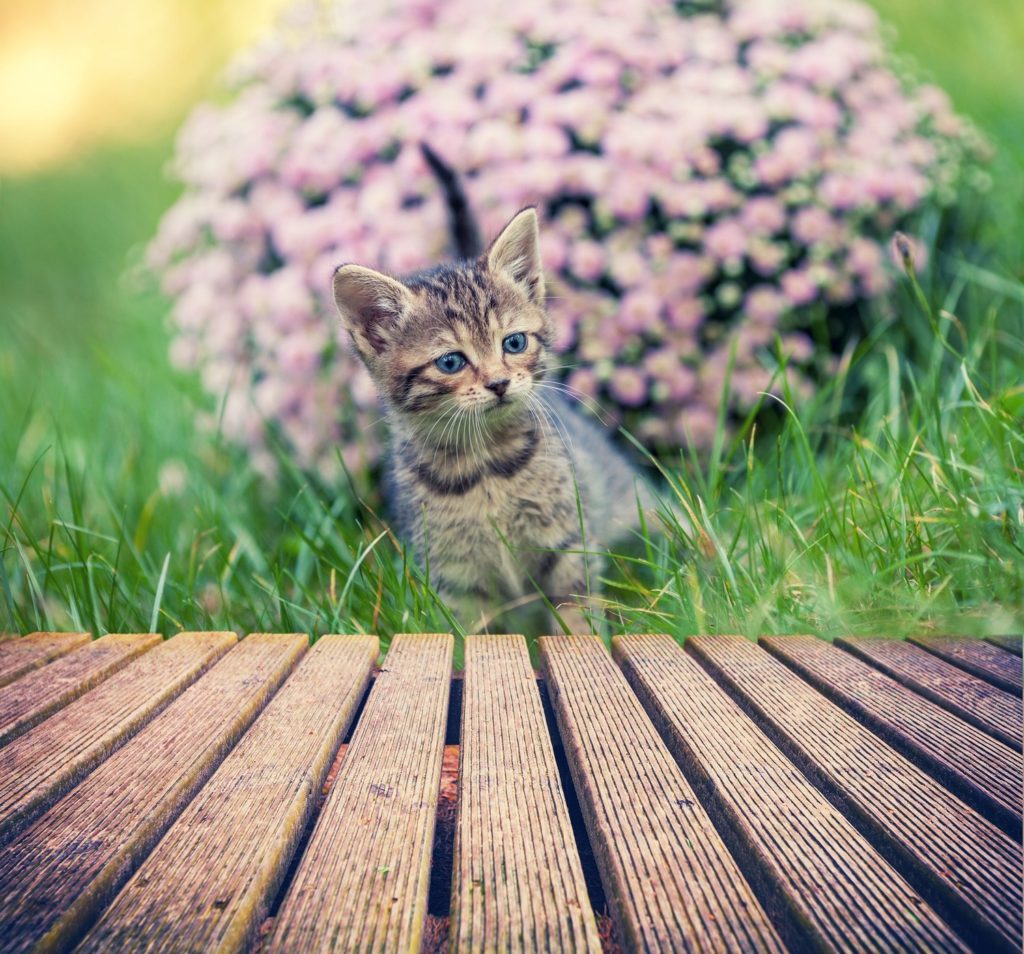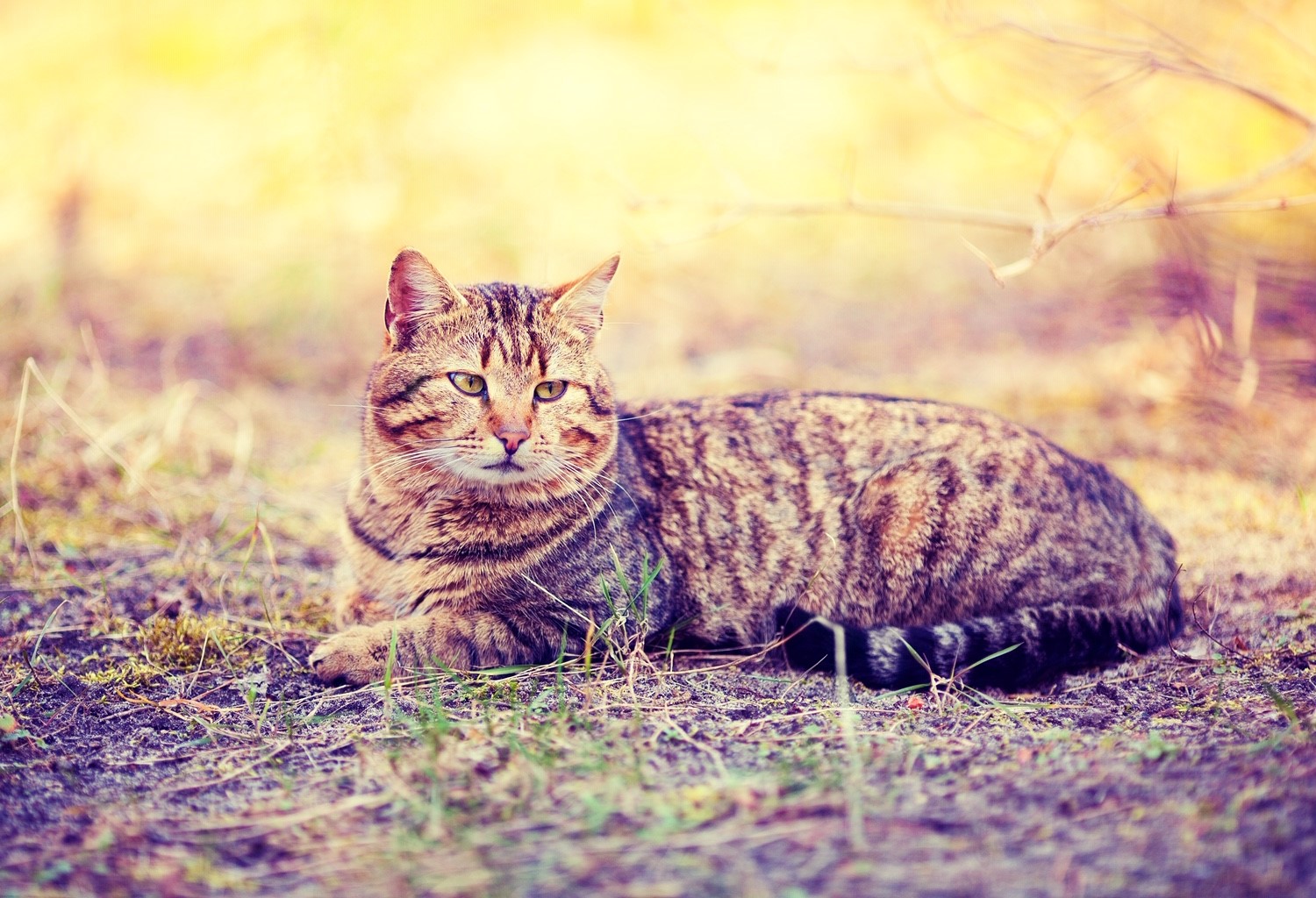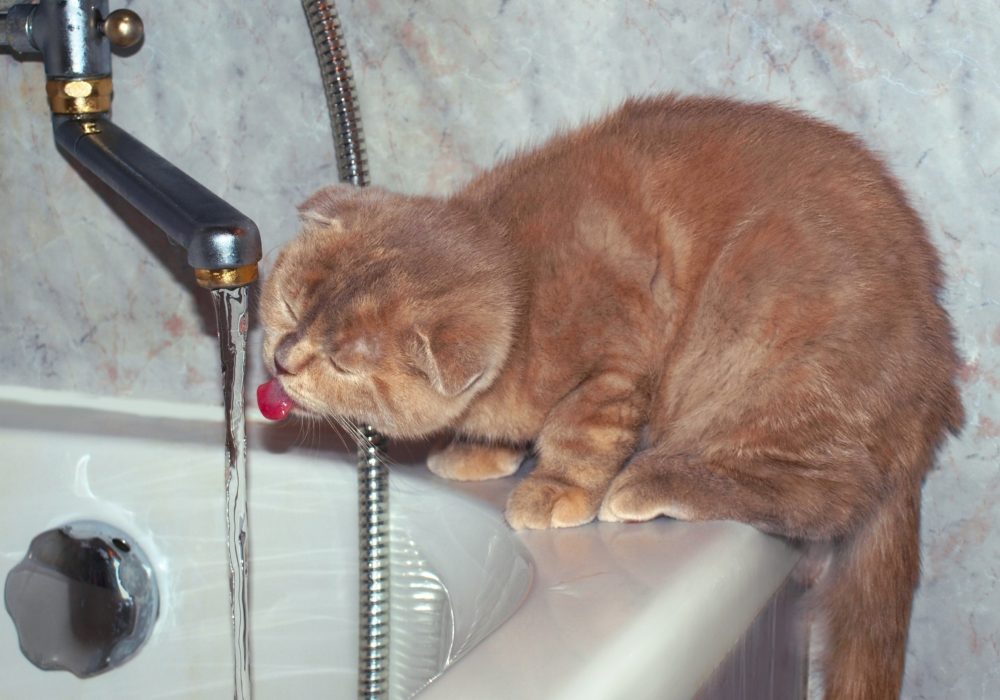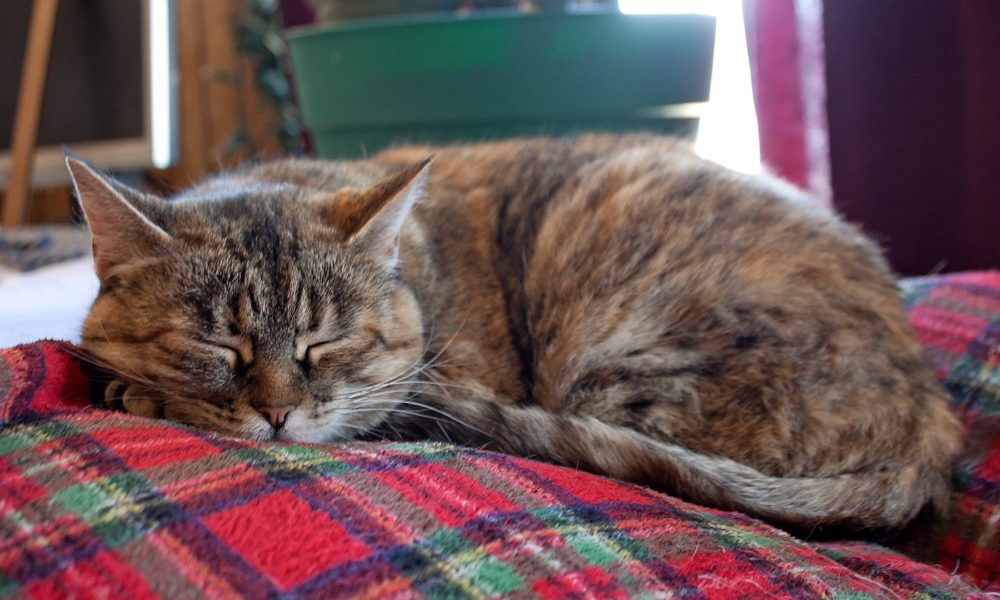
Can I train my cat to come home? 7 top tips!
One of our cats is an indoor cat but our first cat, Misty, has outdoor access during the day and is kept in overnight. During the colder, darker days of the winter months, Misty will often return from her adventures early. She will be eager to return to her warm bed or prefer to watch the outside activities from the comfort of her cat tree. But sometimes we need to encourage Misty to come earlier or during the longer summer days she may be out later than usual and once again, we want to encourage her to come home. So here in this article we share our 7 top tips to train or encourage your cat to come back home.

Can I train my cat to come home?
The first question many will ask is can I actually train my cat? We are all fully aware of how well dogs can be trained – to obey orders, to do tricks and so forth. And all cat owners will recognize that a cat will very often do her own thing. Cats are often very free-spirited creatures and sometimes come with very stubborn characteristics! In her book ‘Superstar cats’, Julie Tottman explains how cats can indeed be trained. She has trained many animals, including cats, for the film industry! Not all cats will enjoy, or respond to being trained, but many cats can, and have been, successfully trained.
And in this article, we are not looking at how to train your cat to do complex show stopping tricks but simply to encourage them to come home every day if they are an outside cat.
Do I need to train my cat to come home?
Many cat owners will argue that you do not need to train your cat to come home. Cats are very territorial and will naturally gravitate to returning home every day. After just a few weeks at the same place, cats will adopt your house as their home. This will be their base, their territory and it will be the place they will return to after exploring.
There are circumstances where a cat may not return home, these include:
- A stressful situation has occurred at the home such as loud noises or new pets.
- If your cat found a new home which she prefers.
- Lack of food, water, or any other supplies that a cat needs to live a healthy fulfilled life.
The answer is to ensure your cat is not stressed and has everything it could possibly need at home, so it has no reason not to want to come back. Check out our article ‘How to keep your cat happy – 10 key factors‘.
Of course, there is also the chance that your cat may have been injured, or sadly, worse. The discussion whether cats should be allowed out is a contentious one and opinions will vary. But, as we have personally found, it is always useful if your cat will come home when called. Ensuring she is safe indoors before night time, needing her home early due to impending bad weather or a situation has arisen where you need to head off early. And so, we give to you, our tried and tested top tips to train, or rather encourage your cat to return home when needed.

7 top tips to train and encourage your cat to come home
1. Routine
Cats absolutely love routine. They are creatures of habit and will come to recognize and love being part of a daily routine. It is perfectly fine to work your cats needs and requirements around your household’s daily schedules. Routine enforces a feeling of calmness and safety within your cat. This will in turn help their confidence, make them happier and keep them healthy!
A daily routine will help in training your cat to come home. By letting her out at the same time every day it is very likely that she will then come home around the same time every day too. We’ve noticed our Misty seems to do a very similar circuit every time she is out. Indeed, it seems cat make their own routines separate from those that us humans put in place for them!
2. Keep food and water indoors
Be ensuring all food and water bowls are indoors, and meals are served at roughly the same time every day, this will encourage your cat to come home for mealtimes.
3. Training with treats
Treats can be very useful in reinforcing positive behavior in cats. Rewarding good behavior or a newly learnt task with a food treat will link that action with a positive association. Cats are very intelligent and will soon identify the familiar noise of the treat bag being shaken with a reward. We combine the shaking of the treat bag and calling our cat’s name. More often than not, this is enough to have her bounding home. It is important then to follow up this enthusiastic return with a treat. Do not ever try to trick your cat and not give her the promised treat.
Food treats can be so useful in training and in play. Although treats can be given to cats every day, they shouldn’t be more than 10% of their daily calorie allowance. Excessive feeding of treats can lead to obesity, other health issues and addiction to treats! Check out our article ‘How often should I give my cat treats’ for guidance on the use of treats for your cat.
4. A favorite toy
When the treats don’t seem to tempt our cat indoors there is one particular toy that is sure to get Misty’s senses going and get her leaping in through the door. It’s a simple toy, a wand toy, with a feather and a little bell at the end. The ringing of the little bell usually denotes play time and will see her running towards the noise ready to play and attack the fluttery feathers!
5. Calling her name
Calling your cat’s name in the same playful way, in the same tone, will help her to recognize the call. Shouting frantically and desperately doesn’t usually work.
6. Be present outside
We’ve noticed that our outside cat won’t wander very far away if we are outside. Be it gardening, kids playing, cleaning the car – whatever the activity. It can be wrong to assume that all cats are aloof and solitary animals. Their independence does not mean they don’t enjoy company. Our cat, Misty, will often just sit and watch us carrying on with our outside chores, or watch the children playing. Before setting off, the simple act of packing the car, starting the engine, last minute checks and preparation will be enough to have Misty returning home to see what’s going on.
7. Leaving the garage door open
Regardless of excellent training or having the most obedient cat ever, there will be times when your cat will have very different ideas to yours! She may not want to come in for the night, she may simply be in ‘one of those moods’. Sometimes the more you try to entice your cat indoors the more frustrated she becomes, and she may well turn her back and head out for another adventure! If you have a garage, shed or outbuilding, then leaving the door open here will often be tempting and your cat will go in. Leave the light on if you can, maybe put a few treats there or heat some cat food for a stronger aroma. Sit back and watch, once she’s in, the door can be shut, and you can safely catch her and tuck her in to her bed safe for the night.

A few final points:
- Getting your cat neutered will ensure your cat doesn’t wander far for the specific reason of finding a mate. This is a relatively quick and easy procedure. Your veterinary will be able to provide more information on this.
- All cats should be chipped. If your outside cat is found by someone else, or your inside cat happens to escape, a microchip will contain your contact information.
- A collar can also provide contact information. Please ensure it is a quick release collar that ensures your cat can get freed if it is caught on something.
______________________________________________________________________________________________________________________________________
Other articles that you may find of interest:
Do indoor cats need outside time? Why does my cat refuse to go outside?
Should I let my cat outside at night? Indoor or outdoor cat?
Are ponds safe for cats? Can cats drink pond water?




